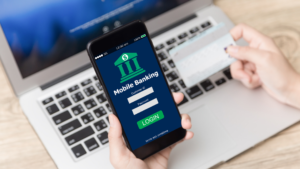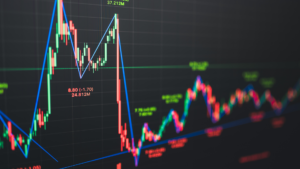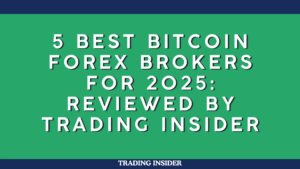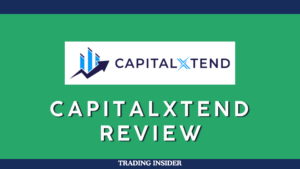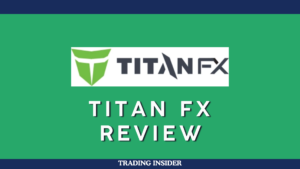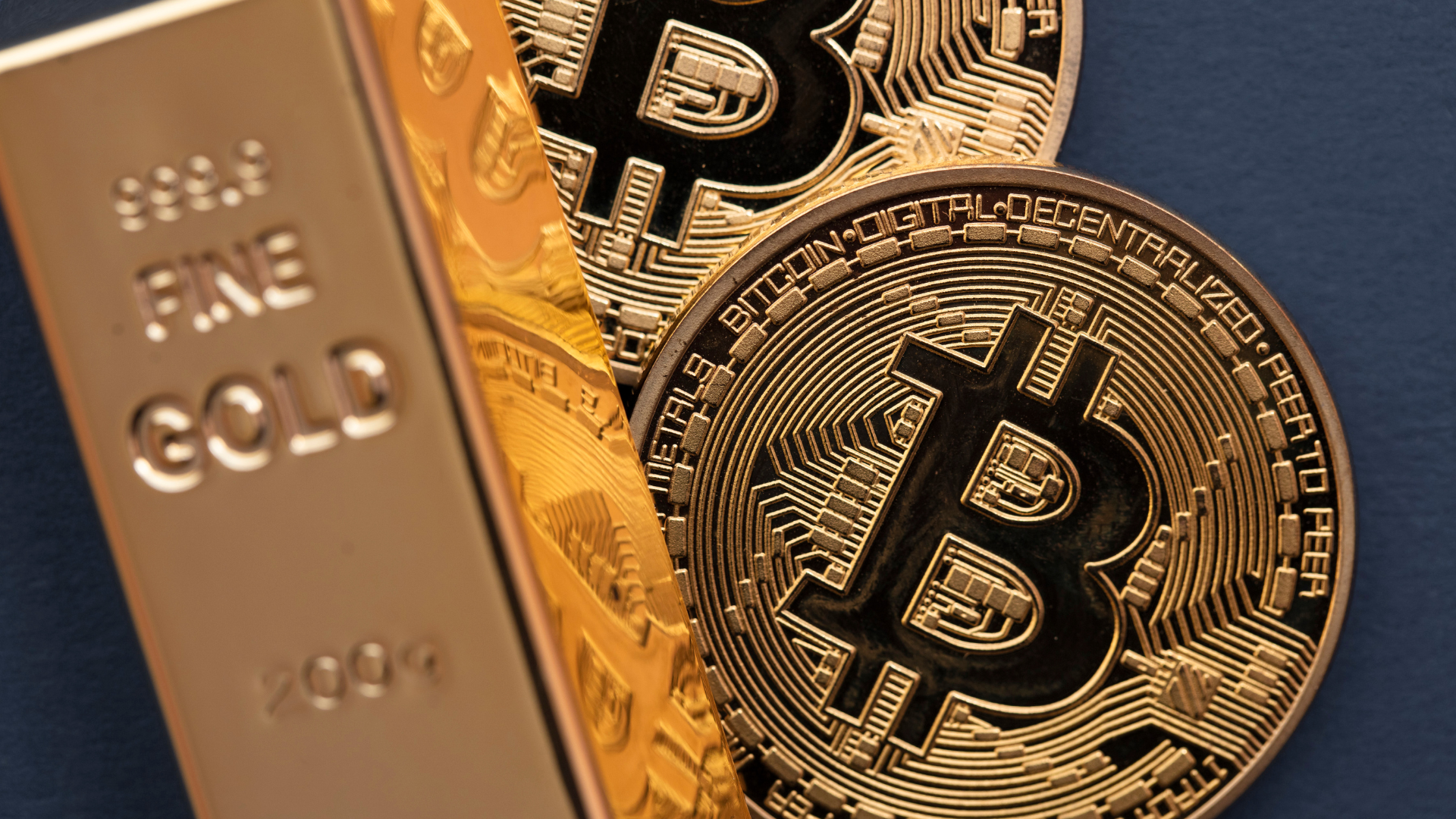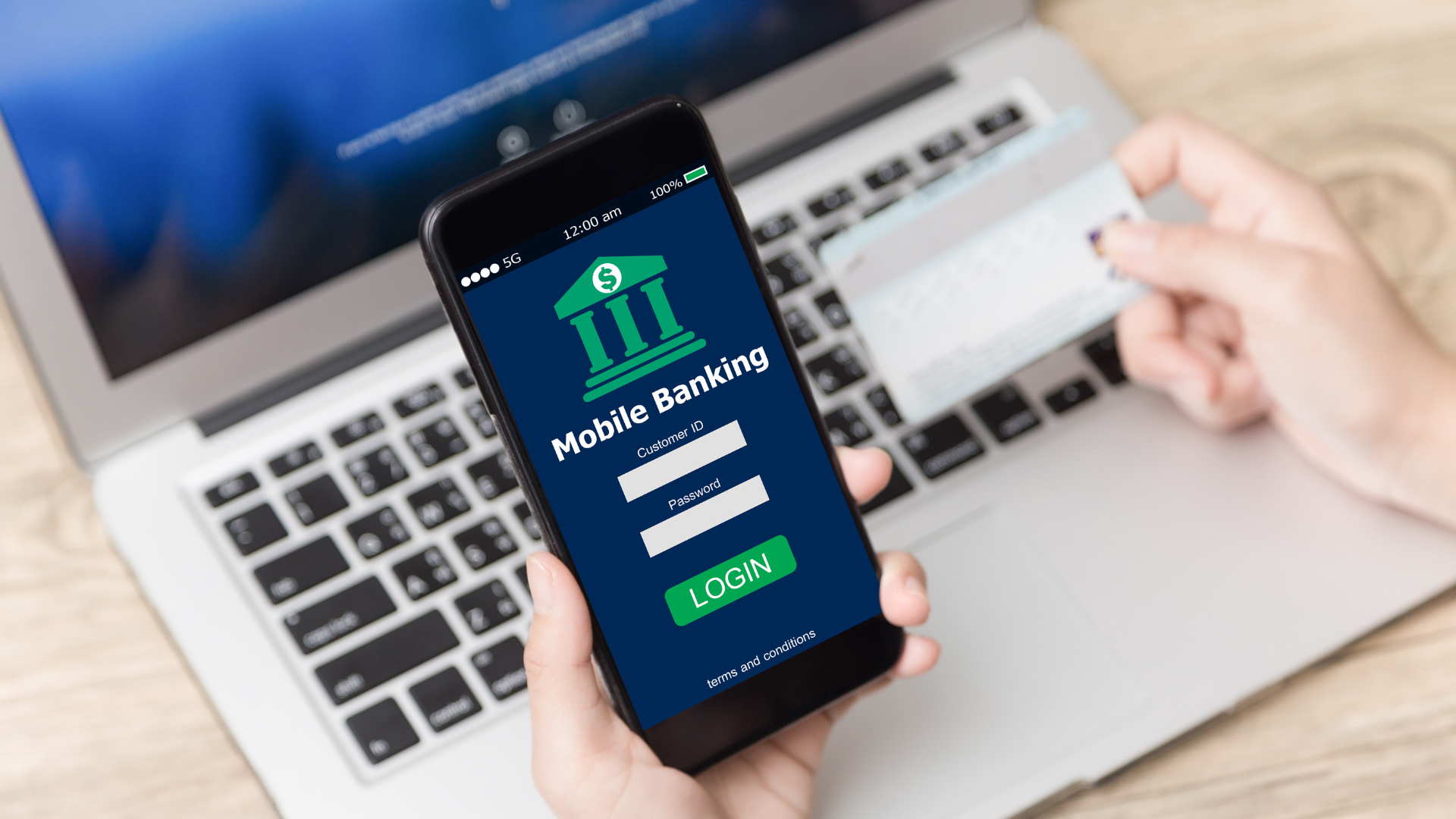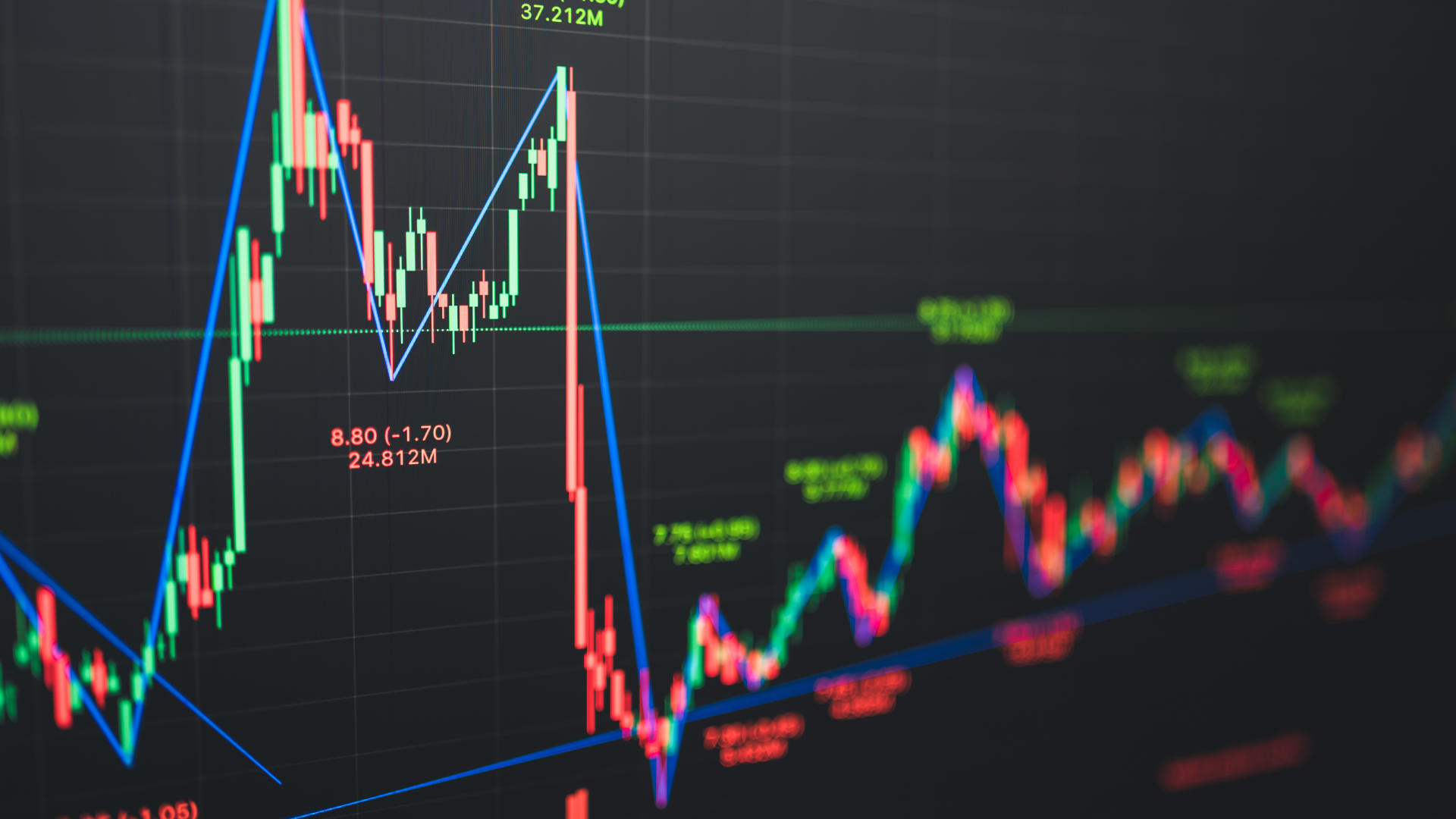Bitcoin (BTC) and gold (XAU) remain two of the most closely watched assets as investors assess the impact of U.S. inflation on long-term price trends. With inflation concerns shaping monetary policy expectations, an asset tokenization expert believes both assets could see heightened demand in 2025, though their price trajectories may differ depending on Federal Reserve decisions and broader economic conditions.
Gold, traditionally seen as a hedge against inflation and economic uncertainty, has benefited from persistent concerns over rising prices and central bank buying. The precious metal recently fluctuated around record highs, with investors closely monitoring U.S. economic data for clues on whether the Fed will ease monetary policy. If inflation cools and interest rates decline, gold could extend its rally as lower yields make non-yielding assets like gold more attractive.
Bitcoin, often referred to as “digital gold,” has also gained traction as an inflation hedge but behaves more like a risk asset due to its volatility. With increasing institutional adoption and advancements in asset tokenization, BTC is gradually being integrated into traditional financial markets. The expert highlights that Bitcoin’s upcoming halving event in 2024, which reduces mining rewards and historically precedes bullish trends, could add to upward price pressure in 2025.
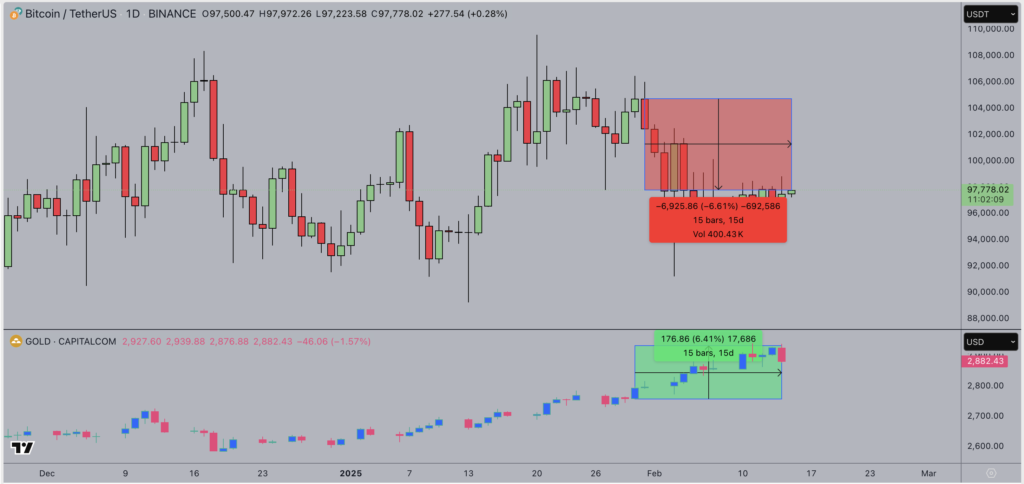
While both assets stand to benefit from inflation-driven uncertainty, their price drivers differ. Bitcoin’s performance is closely tied to regulatory developments, institutional demand, and technological advancements, while gold’s value is influenced by central bank policies, geopolitical risks, and macroeconomic stability. If inflation remains stubbornly high, both assets could attract capital as investors seek safe-haven alternatives. However, if the Fed maintains a restrictive stance for longer, Bitcoin’s speculative appeal may be challenged compared to gold’s established role in preserving value.
Another key factor is the role of asset tokenization in increasing liquidity and accessibility. The growing adoption of blockchain technology in traditional finance and central bank digital currencies (CBDCs) could enhance Bitcoin’s credibility as an investment asset. Meanwhile, gold-backed digital tokens are also gaining popularity, potentially offering new ways for investors to gain exposure to gold without traditional storage and ownership challenges.
As 2025 approaches, the expert sees a divergence in risk perception between Bitcoin and gold, with BTC remaining a higher-risk, higher-reward asset, while gold retains its traditional stability. Both could see demand depending on the inflation outlook, but investors will need to balance market volatility, macroeconomic trends, and central bank policies when positioning for the year ahead.


